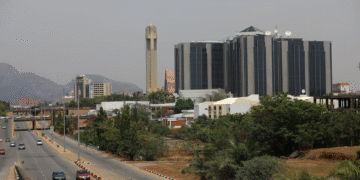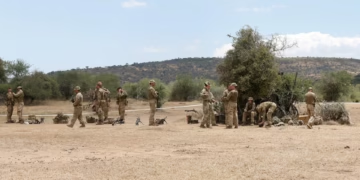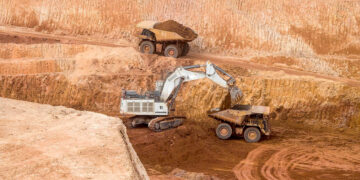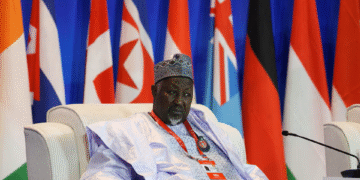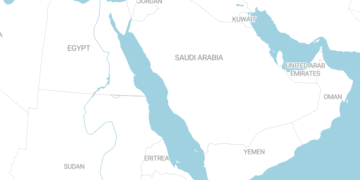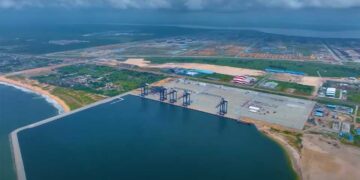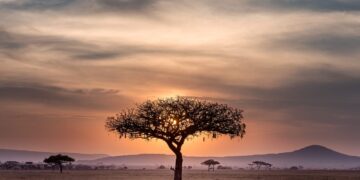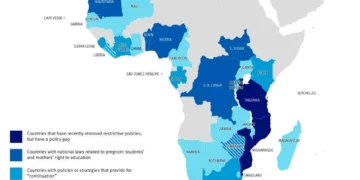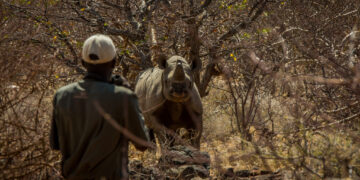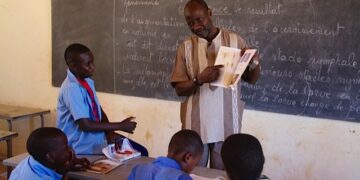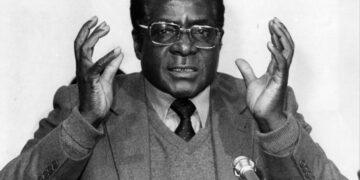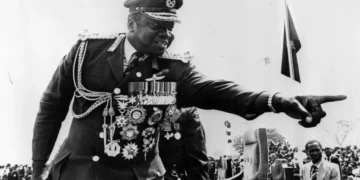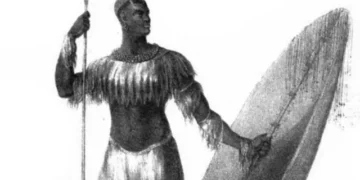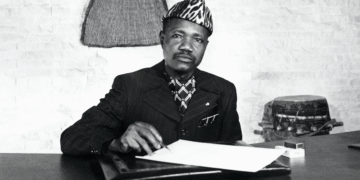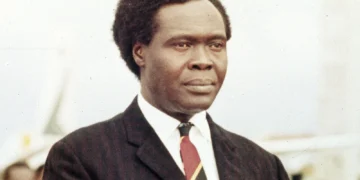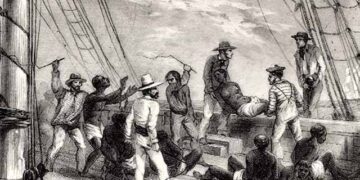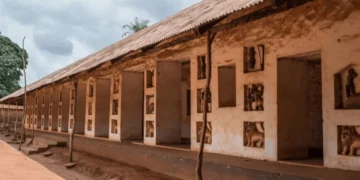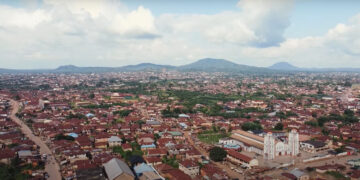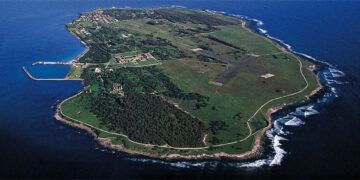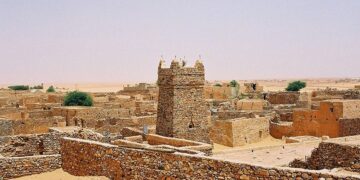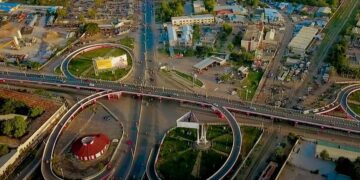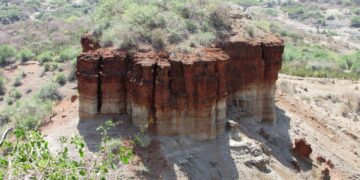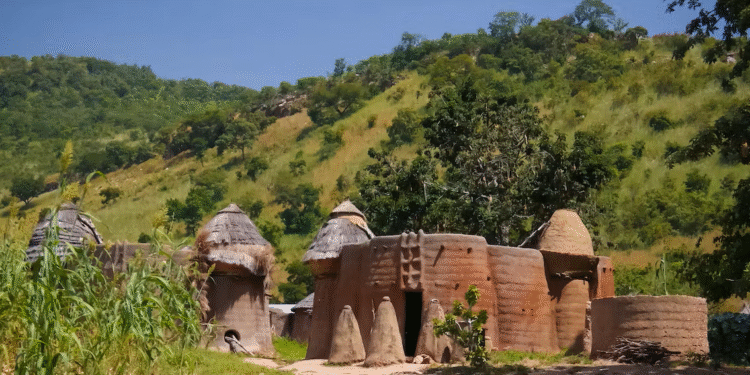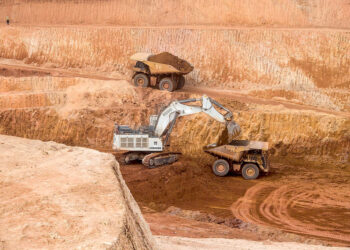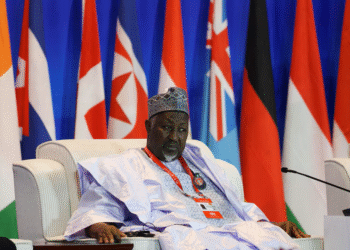Koutammakou, located in northeastern Togo and extending into the Benin border, is a living cultural landscape inscribed on UNESCO’s World Heritage List in 2004. This land is home to the Batammariba people, also known as Otammari, Tamberma, or Somba. The region has gained global significance not only for its landscape, which spans nearly 50,000 hectares, but also for the unique architecture developed by its inhabitants and the profound relationship they have with their natural environment, a relationship that embraces spiritual and social integration.
The name “Batammariba” itself carries profound significance, meaning “those who shape the earth” in Ditammari (the language of the Otammari people), reflecting the essence of their identity as a people who have shaped their environment and who have been shaped by it.
The landscape of Koutammakou is characterized by a savannah interspersed with rocky hills and fertile valleys. The Batammariba people settled in this region during the 17th and 18th centuries, having migrated from the north and northwest regions, fleeing conflict, domination by central powers, and the slave trade. This history of seeking isolation and security shaped their settlement patterns and the development of their defensive architecture. The Batammariba did not view the land as private property but rather as a living entity shared with spiritual forces and ancestors.
According to their beliefs, they are not the owners of the land but rather its custodians. Their ancestors made alliances with the “powers of the underworld” that allowed them to settle and build in exchange for respecting specific rules regarding agriculture and the treatment of sacred sites.
The most distinctive element of the Koutammakou landscape are the mud-brick tower houses known as takienta (also known as the Tata Sombas). These buildings are the physical embodiment of the Batamariba’s worldview, social structure, and spiritual beliefs. Each takinta is an independent unit, designed to meet all the needs of the extended family, serving as a fortress, storehouse, and temple.
The building typically has two floors. The ground floor, often dark and cool, houses livestock at night, providing protection and warming the upper floor with their body heat. This floor also contains the kitchen and ritual spaces. The upper floor, accessed via a carved wooden staircase, is for living and sleeping. It also houses cylindrical granaries, ingeniously constructed to ensure ventilation and protect crops from rodents and moisture. The flat roof of the house is used for drying grain and daily activities and provides a view of the surrounding area for monitoring any potential dangers.
The takienta are built entirely from local, natural materials: mud mixed with straw and soil to form the thick walls, and wood to support the roofs and interior structures. The construction technique itself is a social process passed down through generations, demonstrating a deep understanding of the properties of available materials and their adaptation to the climate.
Symbolism is inherent in every part of the house. The takienta is seen as a reflection of the human body, with the entrance representing the mouth and the granaries serving as the storage areas for the prepared grain. It also embodies the gender divisions in society, with parts of the house associated with men and women. In front of the main entrance, there is typically a cluster of conical mud shrines and stakes.
Batamaripa society is organized around clans and family ties. Although there is no strong central political authority, the shared language, “Ditmari,” and shared beliefs and rituals form a strong bond that unites them. Their belief system is essentially animist, based on the veneration of natural forces and ancestral spirits who act as intermediaries between the living world, the spirit world, and the higher deities.
According to their creation myths, the Batamaripa descend from a “Mother Serpent” who inhabits the underworld and granted life and knowledge to their first ancestors. This connection to the underworld explains the importance of the land in their rituals; the land is not merely a source of sustenance but a gateway to the spirit world.
Rituals are an integral part of the life cycle of the individual and the community. When a child is born, a small mound of earth is created for them next to the family shrines. This mound grows and increases in size with each important transition in the individual’s life, such as initiation rites, becoming a physical representation of their life journey. Upon death, an upturned pot is placed on top of the mound to mark the end of their journey.
Initiation rites, such as the “decontiri” for girls, are among the most important social events. During these rites, knowledge, traditions, and social values are passed on to the next generation and are considered the formal recognition of their coming of age and their assumption of full responsibilities as members of the community. Funeral rites are also complex and last for several days. Their purpose is to ensure the soul of the deceased passes peacefully into the world of the ancestors, where they will continue to play a role in protecting their family.
The Batammariba live in a symbiotic relationship with their environment. The cultural landscape of Koutammakou is not simply a collection of villages and buildings; it is the product of a continuous interaction between humans and nature. Their lands include agricultural fields, sacred forests, springs, and rocks that serve as ritual sites. They have developed agricultural techniques adapted to their environment, such as the construction of terraces on hillsides and networks of low walls to retain water and reduce soil erosion. Crops such as millet, sorghum, and peanuts are grown, forming the basis of their diet.
The forests surrounding the villages are a source of wood and medicinal plants and are considered sacred and inhabited by spirits, and logging and hunting are prohibited except according to strict rules. This respect for nature ensures the sustainability of resources and maintains the ecological balance on which their survival depends.
Like other traditional communities, Koutammakou and the Batammariba people face significant challenges in the modern era. The impact of globalization, economic changes, and the introduction of modern building materials such as cement and metal sheets threaten the viability of traditional building techniques. The migration of young people to cities in search of employment opportunities is eroding the knowledge base necessary to preserve and maintain takinta, which requires collective labor and specialized skills.
In addition, climate change is placing pressure on traditional agricultural practices. The site’s inscription on the UNESCO World Heritage List has drawn attention to the importance of preserving this unique heritage, but it also brings challenges related to tourism management and ensuring that the local community benefits without compromising the integrity of their culture and way of life.
Efforts are being made, in collaboration with international and local organizations, to document traditional knowledge and encourage its transmission to younger generations. These initiatives include workshops teaching mud building techniques and incorporating intangible cultural heritage into educational curricula.






